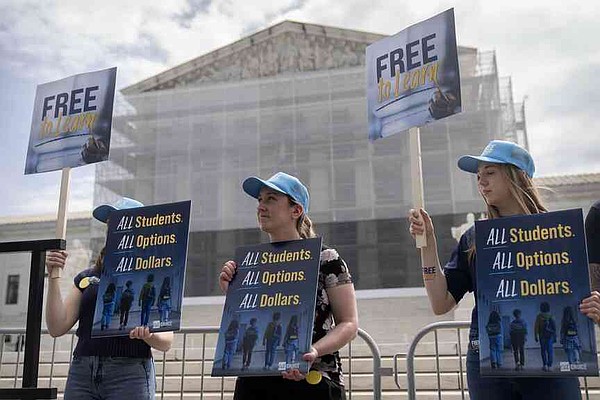Faith vs. Education: Supreme Court Weighs Landmark School Funding Dispute

In a pivotal legal showdown, the Supreme Court delved deep into a groundbreaking case that could reshape the landscape of religious education and public funding. On Wednesday, justices spent over two hours meticulously examining the controversial proposal for Oklahoma's first publicly funded religious charter school, a case that promises to have far-reaching implications for the intersection of education, religion, and government support.
The high-stakes hearing centered on a potentially precedent-setting question: Can a charter school with an explicitly religious mission receive taxpayer dollars? Legal experts and education advocates watched closely as the justices probed the complex constitutional boundaries between church and state.
The case has drawn national attention, highlighting the ongoing debate about the role of religious institutions in public education and the extent to which government funding can support faith-based educational initiatives. Supreme Court watchers suggest the ruling could significantly impact educational policy across the United States, potentially opening new pathways for religious schools seeking public funding.
As arguments unfolded, the justices grappled with nuanced legal and philosophical questions about religious freedom, educational equity, and the constitutional principles that have long governed the relationship between government and religious institutions.
